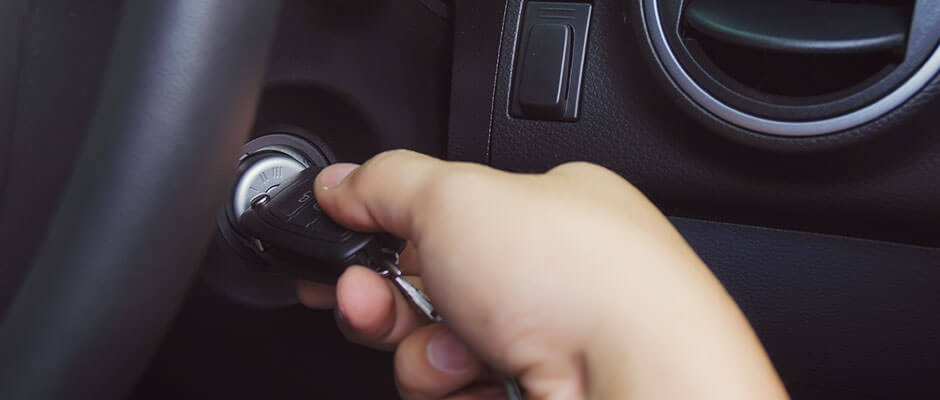Driving around this morning I found myself wondering how safe my car was and how safe other cars on the road were. I drive a ten year old Mercedes C Class which for several months of the year, when the UK is at its coldest, makes life very difficult, particularly in icy or snowy conditions, because it is rear wheel drive. I can recall one Christmas several years ago, my husband and I were trying to work out how to get the car up a very steep hill which had frozen over and was covered in the thickest blanket of unforgiving ice. We nervously began to accelerate up the hill just as the car decided it would slide back down it, heading quickly towards a queue of cars right behind us. I jumped out and called to several people to help, and several men ran over and began to heave the beast up the hill, all of us with legs peddling madly as we heaved and strained up the sharp incline. Morbid as it is, experiences like this have often made me question the safety of my car, so I decided to do some research.
Looking around on the internet I immediately came across an organisation called The European New Car Assessment Programme (Euro NCAP). It was, I was informed, set up in 1997 by the UK’s Transport Research Laboratory to raise safety standards in newly manufactured cars. Euro NCAP (one of nine New Car Assessment Programmes in operation throughout the world) is a voluntary vehicle rating system, which purchases cars anonymously and performs crash tests on them at speed, looking at how each car fares on front impact, side and pole impact (where the driver’s side of the car is fired into a rigid, narrow pole at 18mph) and pedestrian impact (using dummies). They then publish safety reports using a star rating system, where 5 is the maximum score.
Because of its age my car falls into Euro NCAP’s ‘pre-2009’ rating system which is different from the current day rating scheme. And because Euro NCAP tests cars randomly, I wasn’t able to find a rating for a 2005 C Class. The closest rating I found was for a 2007 Mercedes C Class which was awarded 5 out of 5 stars for adult occupant protection, 3 stars out of 5 for child occupant protection and 2 stars out of a possible 4 for pedestrian protection. Despite rear wheel drive rendering it practically helpless in ice and snow, my car was apparently very safe and scored high on all counts.

So what features make a car safe? Euro NCAP assesses the safety of cars against a number of features. These include whether the car has Electronic Stability Control (ESC), Autonomous Emergency Braking (AEB), Lane Support (where you’re warned if your car unintentionally leaves its lane), Speed Assist Systems (for example where you’re alerted if you’re about the exceed the speed limit) and Seat Belt Reminder (where a warning sound emits if you have forgotten to put it on, for example). But there are other features being built into cars which are helping them to become super safe. These include Roll Over Protection which prevents cars from rolling over in the event of an accident. There is also such a thing as a Driver Alertness Detection System (DADS) where the driver is filmed and software captures and analyses the data from the driver’s face to assess his fitness to drive. It will even give a warning up to 2 hours in advance if it detects the driver’s alertness is declining. Last but not least, let’s not forget the amazing technology which exists in car to car communication where cars can work out the distance between themselves, pre-identify a potential collision and steer themselves away.
If you, like me, are wondering what the safest cars available are, look no further. According to Carbuyer.co.uk, who took the scores awarded by Euro NCAP and ranked them, these are the Top 10 safest cars:
- Volvo V40 Hatchback
- Land Rover Discovery Sport SUV
- Mercedes C-Class Saloon
- Mercedes GLA-Class SUV
- Nissan Qashqai SUV
- Nissan X-Trail SUV
- Subaru Outback Estate
- Volkswagen Passat Saloon
- Jeep Renegade SUV
- New Kia Sorrento SUV
But be mindful of the fact that the safety line-up is constantly shifting as Euro NCAP tests new cars all the time. To see for yourself how your car fares on Euro NCAP’s safety score click here.
